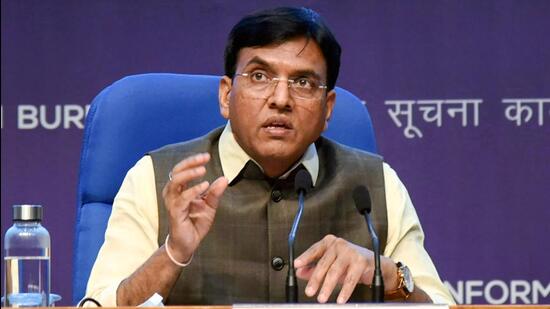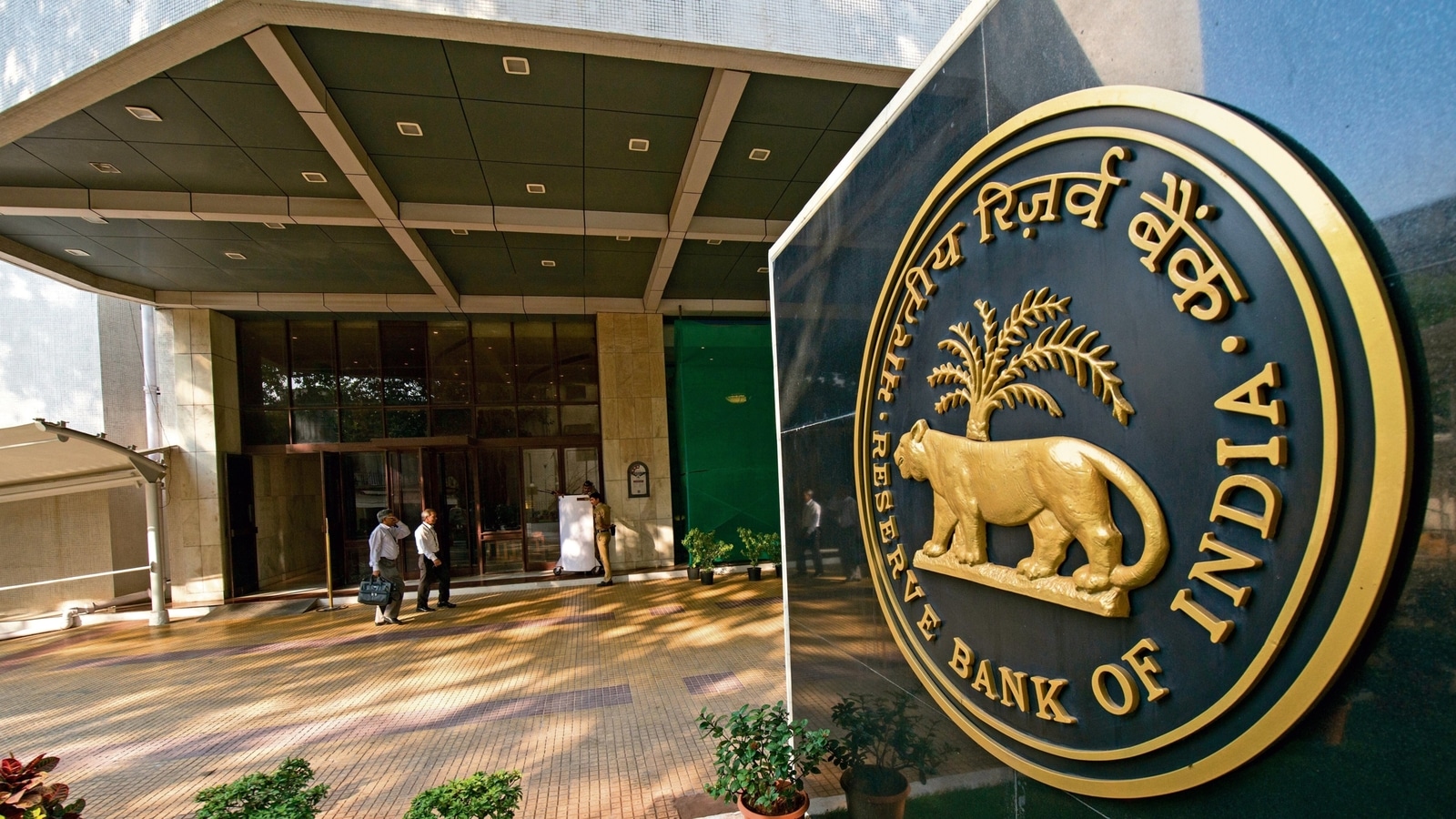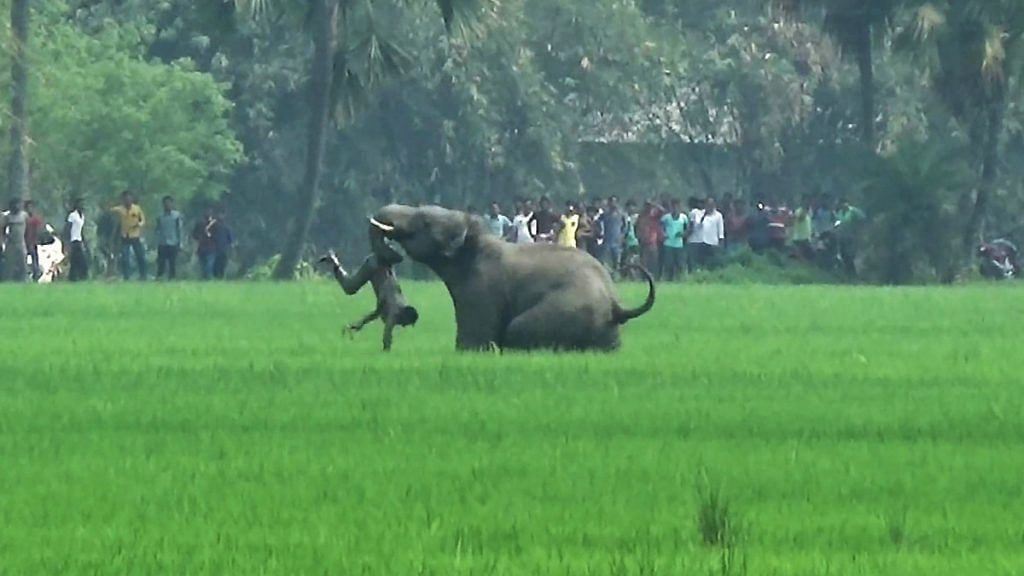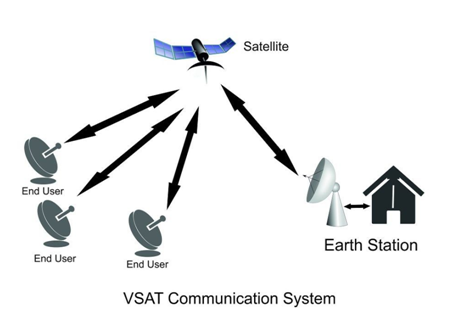Why in the News?
- A survey was conducted among more than 5,000 gig and platform workers across 32 cities in the country.
- The survey found that 85% of them work above eight hours a day as drivers and riders and within that, 21% work sweat it out for more than 12 hours a day.
- Also, 65% of women who responded to the survey said they felt unsafe in their jobs.
What’s in Today’s Article?
- About Gig Economy (Meaning, Gig Workers, Size of Economy, Average Income, Challenges, etc.)
- News Summary
What is Gig Economy?
- A gig economy is a free market system in which organisations hire or contract workers for a short span of time.
- Simply put, the positions are temporary to meet the company’s requirements by having short-term engagements.
- Startups like Ola, Uber, Zomato, and Swiggy have established themselves as the main source of the gig economy in India.
Who is a Gig Worker?
- According to the Code on Social Security, 2020 (India), “A gig worker is a person who performs work or participates in work arrangements and earns from such activities, outside of the traditional employer-employee relationship.”
- They are independent contractors, online platform workers, contract firm workers, on-call workers and temporary workers.
What is the Size of Gig Economy in India?
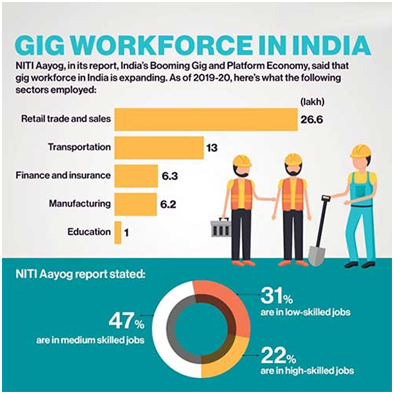
- A NITI Aayog study on “India’s Booming Gig and Platform Economy” has estimated that at present, about 47 per cent of the gig work is in medium-skilled jobs, about 22 per cent in high skilled, and about 31 per cent in low-skilled jobs.
- These figures clearly indicate the importance of the gig working community in the Indian economy.
- Ensuring the comfort and security of this community is investing in a more progressive and prosperous future.
- Research studies by Boston Consulting Group (BCG) have indicated that participation in the gig economy is higher in developing countries(5-12 percent) versus developed economies(1-4 percent).
- Most of these jobs are in lower-income job-types such as deliveries, ridesharing, microtasks, care and wellness.
- These studies further estimate that in 2020-21, 77 lakh workers were engaged in the gig economy.
- The gig workforce is expected to expand to 2.35 crore workers by 2029-30.
What is the Average Age/Income of Gig Workers in India?
- The median age of Indian gig workers is 27 and their average monthly income is Rs 18,000.
- Of these, about 71 per cent are the sole breadwinners of their families. Additionally, gig workers operate with an average household size of 4.4.
Challenges Faced by Gig Workers:
- While platform companies have created avenues of employment, it has often been marred by low wages, unequal gender participation, and a lack of possibility for upward mobility within an organisation.
- This has triggered protests from workers at companies like Swiggy, Zomato, Ola, Uber, and Urban Company, among others.
- Gig workers are typically hired by companies on a contractual basis and are not considered their employees.
- As a result, they do not receive some of the benefits that an on-roll employee of the company may have.
- This means they often do not receive benefits like paid sick and casual leaves, travel and housing allowances, and provident fund savings, among other things.
What Needs to be done in Order to Improve the Living Standards of these Gig Workers?
- Fiscal Incentives:
- NITI Aayog in its report ”India’s Booming Gig and Platform Economy” has said that fiscal incentives such as tax-breaks or startup grants may be provided for businesses that provide livelihood opportunities where women constitute a substantial portion of their workers.
- Retirement Benefits:
- The report also recommended firms adopt policies that offer old age or retirement plans and benefits, and other insurance cover for contingencies such as the Covid-19 Pandemic.
- Such plans and policies may be envisaged under the Code on Social Security, 2020.
- Businesses should consider providing income support to workers as it would be a “critical step in providing assured minimum earnings and social security from income loss in the wake of uncertainty or irregularity in work”.
- It also suggesting offering paid sick leave to workers apart from insurance cover.
- The Rajasthan Platform Based Gig Workers (Registration and Welfare) Act 2023:
- Recently, the Rajasthan State Assembly passed the Rajasthan Platform Based Gig Workers (Registration and Welfare) Act 2023.
- Under the Act, a board will be established to ensure gig workers’ registration and welfare, addressing their vulnerabilities and providing a platform for collective bargaining and negotiations.
- The board can serve as an independent grievance redress mechanism.
- The Act also has a provision of establishing a social security fund funded through a fee on every transaction.
News Summary:
- A survey was conducted by Janpahal, a Delhi-based NGO, among more than 5,000 gig and platform workers across 32 cities in the country.
- The survey found that 85% of them work above eight hours a day as drivers and riders and within that, 21% work sweat it out for more than 12 hours a day.
- Also, 65% of women who responded to the survey said they felt unsafe in their jobs.
Major Recommendations of the Report:
- It recommended that governments and regulators rename the gig, platform and e-commerce workers as “gig” is something taken up for a short period.
- The survey report said adding that “e-commerce workers” will be a better nomenclature to address them because, without the last-mile delivery by a human being, e-commerce cannot function.
- The report also recommended regulations to ensure that companies establish fair and transparent payment structures to protect gig workers from being underpaid or exploited by companies.
- It also said that payment of a minimum wage to platform workers will help guarantee a fixed component in the income.
- Commenting on the instances of blocking the IDs of workers, such practices should not be allowed and IDs of workers cannot be indefinitely blocked.
- The report asked platforms to address rising voices of income insufficiency and respond to worker demands such as reducing the amount of commission they charge per transaction or making separate payments for workers’ fuel bill, which keeps inflating as fuel prices rise.





